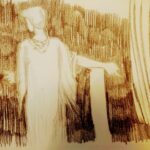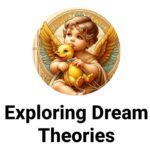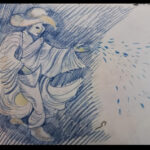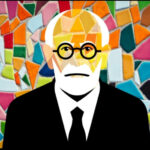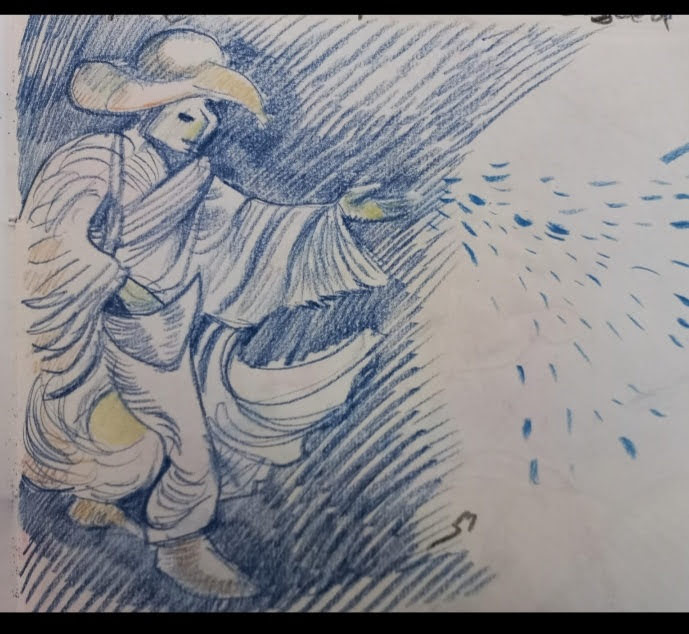The phenomenon of vivid and lucid dreaming in narcolepsy, characterized by a blend of wakefulness and REM sleep intrusions, presents a fascinating and complex topic for exploration within the context of dream science and consciousness studies. Narcolepsy, a sleep disorder marked by excessive daytime sleepiness, cataplexy, sleep paralysis, and hypnagogic hallucinations, offers a unique window into the mechanics of dreaming and consciousness. This condition exemplifies how the intrusion of REM sleep phenomena into waking life can blur the traditional boundaries between the dream world and reality, thereby enriching our understanding of the subconscious mind.
Narcolepsy disrupts the normal sleep-wake cycle, causing elements of REM sleep, such as vivid dreaming and muscle atonia, to occur during wakefulness. This results in a direct portal into the dream world, which is usually hidden from our conscious experience.
From a psychological perspective, narcolepsy could be seen as a manifestation of the unconscious mind breaking through the barriers that normally separate it from conscious awareness. The vivid dreams and hallucinations experienced by narcoleptics are rich with symbolic content, offering insights into the personal and collective unconscious.
The content of these vivid dreams and hallucinations could be interpreted as expressions of repressed desires or unresolved conflicts, making narcolepsy a fascinating condition for psychoanalytic exploration. The dreamer’s ability to remember and reflect on these experiences provides a unique opportunity to analyze the workings of the subconscious mind.
This condition also raises interesting questions about the nature of consciousness and the experience of reality. Lucid dreaming, in which the dreamer is aware that they are dreaming, becomes a more common occurrence, suggesting that the boundaries between conscious and unconscious states are more permeable than previously thought.
The therapeutic potential of these vivid dreams and hallucinations should not be overlooked. They can serve as a creative wellspring, inspiring artistic and problem-solving breakthroughs. By examining the content of these dreams, we can also gain insights into the dreamer’s emotional state and psychological needs.
The frequency and vividness of dreams in narcolepsy could provide valuable data for dream research, challenging existing theories about the function of dreaming. This might lead us to reconsider our understanding of why we dream and what role dreams play in cognitive and emotional processes.
It’s crucial to consider the neurological underpinnings of narcolepsy and its impact on the brain’s architecture of dreaming. By studying how narcolepsy alters the normal patterns of sleep and dreaming, we can learn more about the brain mechanisms that govern these states and how they intersect with consciousness.
In conclusion, the phenomenon of vivid and lucid dreaming in narcolepsy not only offers profound introspective insights and spiritual experiences for individuals but also serves as a valuable lens through which scientists and scholars can explore the intricate relationship between dreaming, consciousness, and the subconscious mind.

picture by DALL-E2



